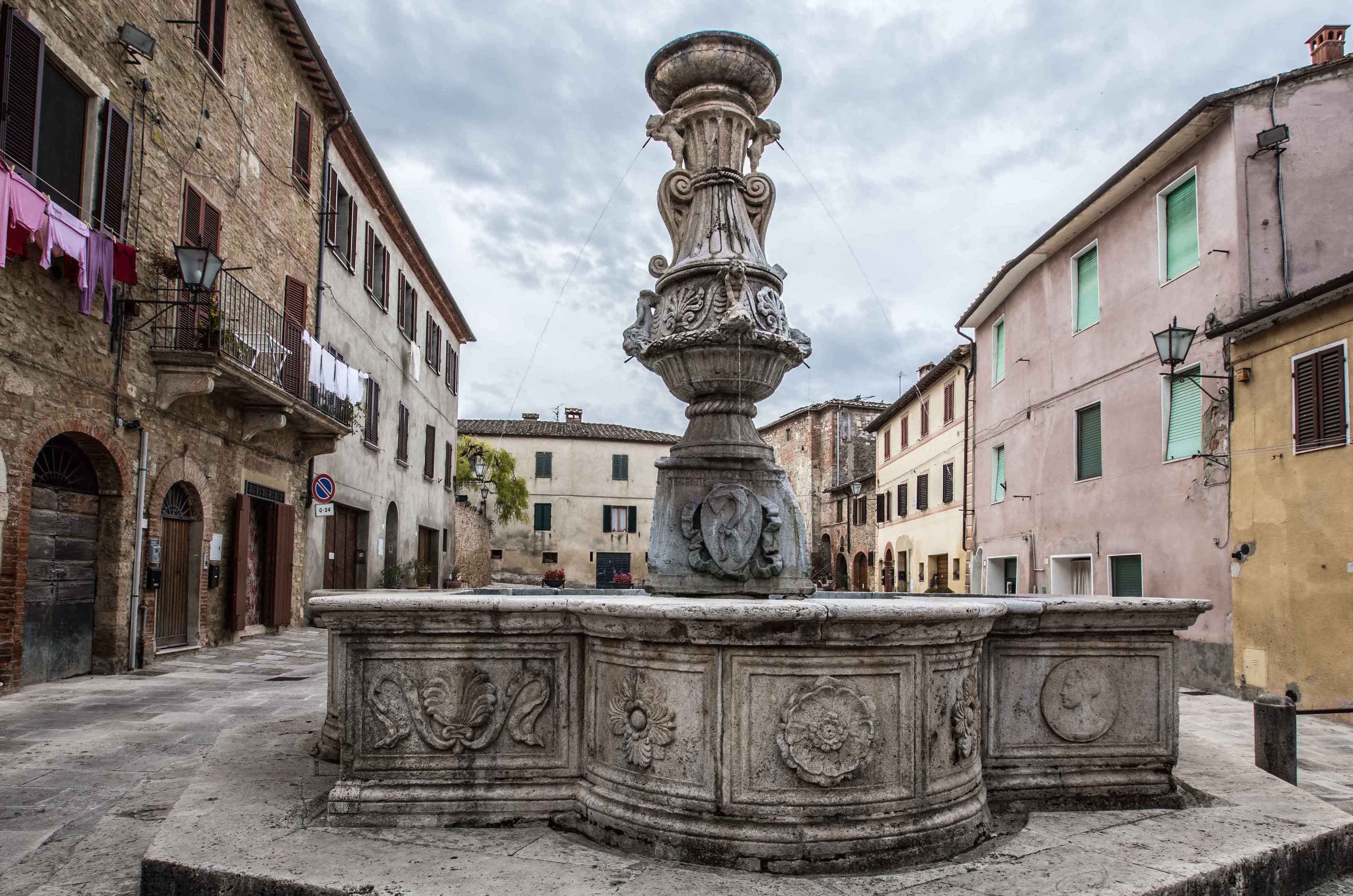
As Italy enters the Christmas season, the government has released new measures to reduce the spread of coronavirus with specific rules regarding holiday travel from December 21 to January 6. Italy is still utilizing the three-color system to categorize the severity of positive cases and consequent restrictions, and the new rules will have to be followed in accordance with the assigned color.
Tuscany will become a “yellow zone” with fewer restrictions in place designed to lessen the number of Coronavirus contagions from Sunday, December 21 to Wednesday, December 23. Customers can once again enjoy sit-down service at restaurants, bars, cafés, pizzerias, pubs and pastry shops until 6 pm during those four days of comparative freedom. Restaurants can remain open until 10 pm for take out orders, while deliveries can take place 24/7. Museums, exhibitions, theaters, cinemas, swimming pools, gyms, day spas and wellness centers will continue to be closed. The curfew from 10 pm to 5 am will remain except for those who need to be out and about for “necessity, work or health reasons” with a document of self certification.
Starting December 21, travel outside one’s region of residence will be prohibited until January 7. The entire country has been designated a “red zone” between December 24, 25, 26, and 27, December 31 to January 1, 2 and 3 and again from January 5 to 6. Bars, restaurants and shops will be closed. It will be against the law to leave one’s town of residence. Those violating the regulations and stopped by police will receive a fine between €400 and €1000. See related article detailing all the “red zone” regulations.
The other days of the holiday season–December 28, 29, 30 and January 4–all of Italy will become an “orange zone.” Restaurants and bars will shut except to prepare take out and delivery orders. Retail shops, supermarkets, grocery stores, newsstands and pharmacies may remain open in addition to hairdressers and nail salons. Self-certification is not needed to leave the home to move around one’s town of residence, but is necessary to travel within the region for reasons of work, health or emergency. Museums, exhibitions and betting halls continue to remain closed in addition to shopping malls and centers on the weekend. The edict also mandates public transportation (buses, trams and trains) be limited to to 50% capacity. Residents of towns that are not provincial capitals may travel within a radius of 30 km. (18.6 miles) cannot visit a provincial capital such as Florence, Siena, Grosseto, Pisa, Lucca, Massa Carrara, Prato and Pistoia.
Due to criticism, however, both by Italian citizens and government officials such as Foreign Affairs Minister Luigi Di Maio, have calling for leniency in visitation rules for families over the holiday period. As a consequence, two relatives or friends are now allowed to join a family at the holiday table in addition to children 14 and under and the handicapped. The same rule applies to home visits during the days when Italy is classified as a “red zone.”
Until December 20, Italian residents had the go-ahead to travel to a different region to visit friends or family under the condition that from one area to another, both locations are “yellow.” On non-red zone days from December 21 to January 6, travel is possible only if one’s “residence,” “domicile” or “home” is located in the area destined to visit. Otherwise, travel for visiting purposes and/or for work, necessity, health or emergency, can only occur within one’s municipality of residence. According to the Italian government FAQ site, spouses and partners who live in different cities are still able to reunite during this period as long as their destination is a place they regularly meet.
To assist relatives who are not self-sufficient, a resident is free to travel even between different regions when it is not possible to provide necessary assistance through health workers or caregivers in the same municipality or region. The go-ahead in this case is limited to just one adult.
Currently, travel to a residence, domicile, or home will still be permitted between December 21 to January 6. A “residence” is defined as the place in which a person regularly stays or lives in, and is found in the personal registers to be verified. A “domicile” is where a person defines their principal location of business or work, and can be different than one’s “residence.” “Home” differs from a “residence” in that it pertains to a place where one lives with a particular continuity or recurrence for needs such as work or study.
To celebrate the holidays in one location, traveling must take place prior to December 20, including with children. A ban remains on traveling to territories in “orange” and “red” zones for visiting a second “residence” or a “domicile.” Traveling for work from one region to another after the December 20 deadline is prohibited.
Americans with visas for work or study are allowed to enter Italy. According to the State Department Travel Advisory, Italy is at Level 3 meaning that U.S. citizens should reconsider travel to Italy due to COVID-19 and should contact the Italian consulate for up-to-date information. All those arriving from abroad must observe a 14-day quarantine period. The only exceptions are Italians who work or study abroad in addition to foreign Italian diplomats and members of the armed forces: they are normally required to have a COVID test before departure.
As of December 20, all outgoing and inbound flights from the U.K. have been cancelled unti January 7 due to a new, highly infectious strain of COVIDR-19 which recently came to light in the south of England and London. Railway travel between Switzerland and Italy has been reinstated though at a reduced capacity with fewer trains. From the inter-country travel rules put in place on December 4, those wishing to return to Italy from the EU, Andorra, Iceland, Liechtenstein, Norway, the UK, Switzerland or the principality of Monaco are required to take a COVID test at least 48 hours before arrival in Italy. The Swiss Federal Railways expressed that train staff do not have the resources to carry out the amount of testing required that would occur in a heavy period of holiday travel. This decision affects daily cross-border workers and long-distance train connections between Milan, Italy and Frankfurt, Germany.
Traveling into Italy from abroad still requires the self-declaration form to be filled out in the case of use of public transportation to verify proper safety measures were taken and that the resident has tested negative for the virus.
To read more in Italian, visit the La Repubblica news site. (gina ciolli with additional reporting by cathy doherty and rosanna cirigliano)








